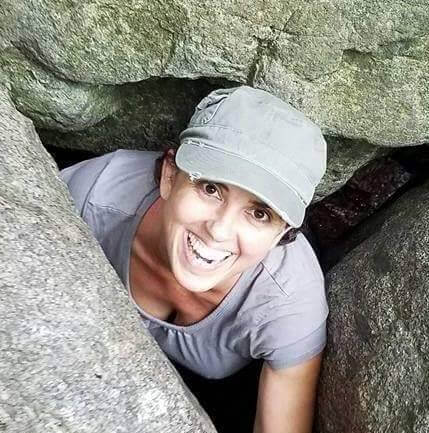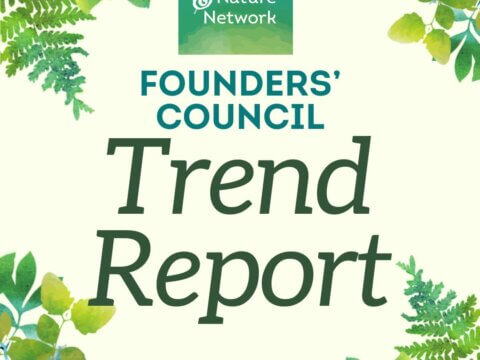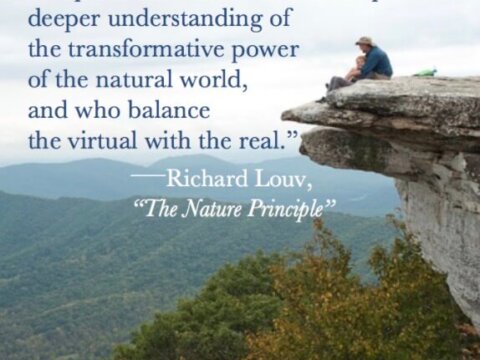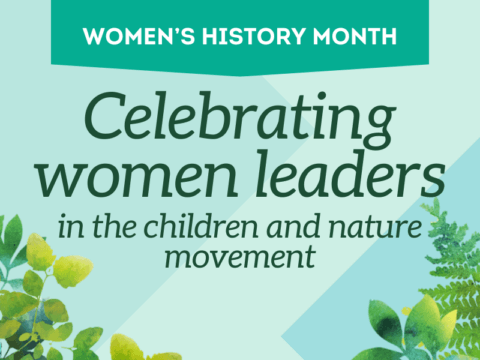Women’s Herstory Month: Nature connectors and protectors who inspire the children and nature movement
For Women’s Herstory Month, we asked leaders in our movement to share stories of the women who inspired them to become nature connectors and protectors. Below you’ll hear from the Children & Nature Network’s past board chair, staff and members, plus presenters from the 2022 Inside-Out International Conference. These leaders share stories of mothers and grandmothers, environmentalists and activists, mentors, authors and more – reminding us that anyone, and everyone, can inspire a world in which all children have equitable access to the benefits of nature.
Standing firm for outdoor equity
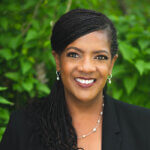 By Kim Moore Bailey, President and CEO, Justice Outside and Children & Nature Network past board chair. Kim also serves on the board of directors for the Environmental Grantmakers Association, National Recreation Foundation, Blue Sky Funders Forum and The Redford Center.
By Kim Moore Bailey, President and CEO, Justice Outside and Children & Nature Network past board chair. Kim also serves on the board of directors for the Environmental Grantmakers Association, National Recreation Foundation, Blue Sky Funders Forum and The Redford Center.
When I think about women who have inspired my love of nature, the first person who comes to mind is my mom, Sheila Bailey. She shared her love of the outdoors without saying much about it, she just lived it. I saw and felt the joy she experienced working in her flower beds and when we went hiking and to the beach. And definitely during our summer camping trips along the East Coast – in our station wagon with four bikes on top, the pop-up camper in tow, and the Rand McNally map at her side.
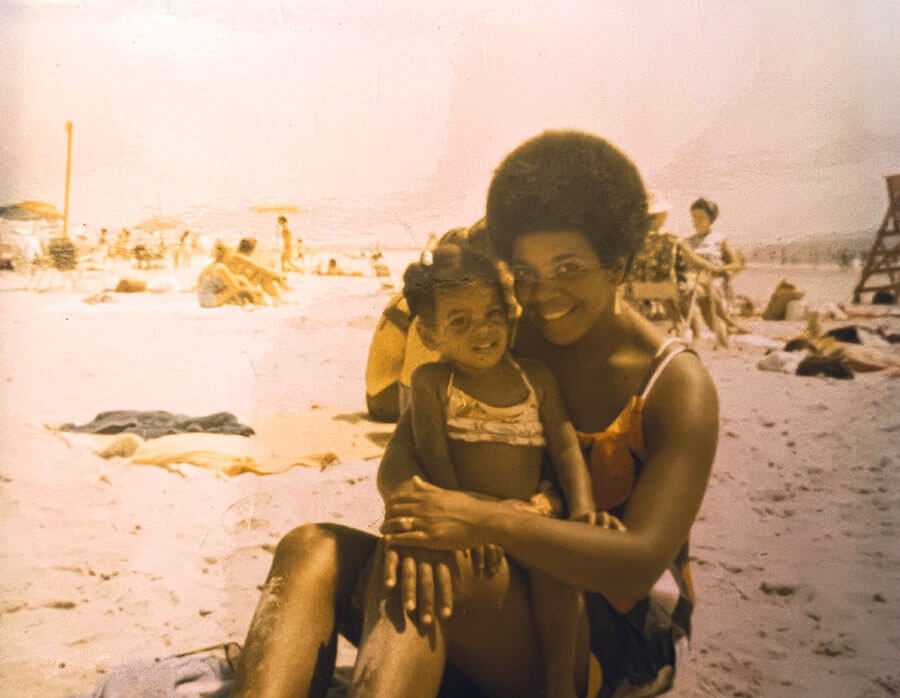
Kim and her mom, Sheila Bailey. Photo courtesy of Kim Moore Bailey.
If we were ever questioned about why we were in a particular outdoor space, she never gave up ground. When something that was meant to be fun and comfortable became uncomfortable, she would tell us, ‘We have every right to be here, don’t ever let anyone take that away.” To this day, her steadfastness encourages me to question the discomfort, the exclusivity. When people say things like, “Black people don’t ski” – while I’m skiing – I respond, “Says who?”
My mom would have loved the work I’m doing with Justice Outside. It allows me to put conversations about equity in outdoor spaces front and center, when in past roles I felt I had to address these issues quietly or off to the side. This work allows me to be authentic and to support other organizations led by Black, Indigenous and People of Color.I think of my mom, too, in the context of Carolyn Finney’s book, Black Faces, White Spaces: Reimagining the Relationship of African Americans to the Great Outdoors. Finney’s analysis of how systemic racism has impacted who has access to natural places falls in line with all of the challenges my parents experienced in trying to buy a home, or in my dad being profiled by police. Finney calls herself a “cultural interrogator and an accidental environmentalist.” That phrase – along with my mom’s example – resonates with how I stepped into the work of creating equity and justice in the outdoors.
From novelist to activist
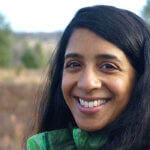
By Priya Cook, Children & Nature Network, Director, Green Schoolyards for Healthy Communities
There are many women whose thinking and work inspire me. One who comes to mind is Arundhati Roy. Roy is an Indian author, feminist, and environmental activist. Her fiction has powerfully depicted the Meenachil River, on whose banks my own ancestors were raised, and her bold activism is in pursuit of environmental justice and non-violence.

Arundhati Roy, author and activist. By Augustus Binu, CC BY-SA 3.0
Arundhati Roy, best known for her novel The God of Small Things, took a 20-year break from writing fiction to work on human rights and environmental causes, using her writing as a form of advocacy.
A revolutionary mindshift
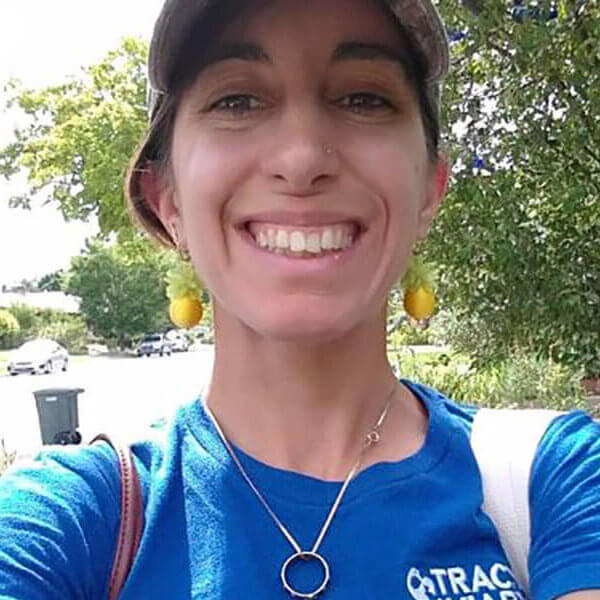 By Lucila Fernandez, Park Naturalist, Maryland-National Capital Park and Planning Commission and a C&NN Natural Leader
By Lucila Fernandez, Park Naturalist, Maryland-National Capital Park and Planning Commission and a C&NN Natural Leader
Dr. Sharoni Little is the Head of Global Inclusion at the Creative Artists Agency. She served as a facilitator for a Natural Leader Legacy Camp that I participated in. At the time, I was one of the older participants and I was struggling with feelings of imposter syndrome, being excluded as a woman of color in the workplace, and general low confidence in whether the conservation field was a track I was truly meant for. It felt to me at the time that a predominant white culture made the environment hostile and continuing to try to pry open space for marginalized identities, like myself, was putting too much of an emotional burden on me.
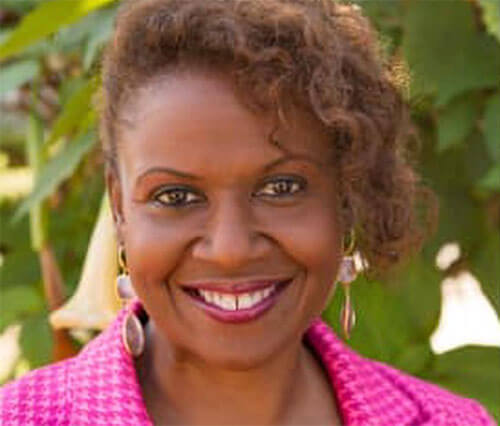
Dr. Sharoni Little. Photo courtesy of Creative Artists Agency
Dr. Little was someone who fostered a connection with me, and allowed me to open up about that experience to her. She then blew my mind with a simple challenge: “Have you thought about starting your own thing?” The idea of creating my own table, and rejecting the tables that reject me, was revolutionary in my mind, and it gave me my power back. She then went on to share about her experiences as a Black woman in conservation, and shared her own vision for a company that provides inclusive spaces for joy-based outdoor experiences. The passion, conviction, and certainty with which she spoke was an incredible dose of inspiration and the nudge that my soul really needed.
I didn’t ultimately start a business or a new initiative, but I did begin to embrace my own authentic ways of showing up and focusing on investing my energy on spaces and activities that invigorate me, rather than drain me. These shifts have kept me in conservation since, and led me to act when I find myself in an unhealthy environment that asks me to hide who I am to participate, as well as made me much more open to seeking allyship in fellow women and men who share similar value sets and experiences as me. Investing my energy in this way has brought me into contact with a network of incredible people, and ultimately the job I have now. This current role has been so refreshing; it is the first place that I don’t feel tokenized and can let my work/work ethic speak for itself. I don’t think that’s an accident; the mentorship of all of the people I’ve come close to has taught me how to set myself up for more positive environments and growth opportunities! I find myself thinking about that moment in camp as almost a button that was pressed to set me in motion.
Lighting the “SPARK” for school parks
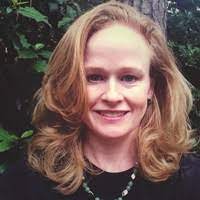
By Elizabeth Howley, Assistant Director, SPARK School Park Program
SPARK, a school park program, is inspired by our founder, Eleanor Tinsley. In 1983, as a result of a report identifying the need for park space in Houston, Eleanor Tinsley, Houston’s first elected At-Large City Council woman, came up with a plan. She saw inequalities in playgrounds between schools in wealthy neighborhoods, where parents were solicited by the PTO to raise funds for their playgrounds, versus poorer neighborhoods. She grew up with a dad who believed that churches should be used during the week and schools should be used on the weekends. Yet at the time, schools were often fenced in with barbed wire. So she developed the idea that schools have lots of land and playgrounds to possibly be used by the community when they’re not in session on the weekends. It was a new concept in 1983 to open up the schools for the community to use.
This is exactly what the SPARK School Park Program has been doing ever since. Our mission is to work with public schools to develop their playgrounds into community parks. SPARK works on securing funding, selecting sites, establishing long term maintenance agreements with school districts, and, together with the school and their SPARK Committee, designing a park that meets the community’s priorities within budget. Today, there are over 150 active SPARK Parks in the Houston area, and we work with 17 school districts.
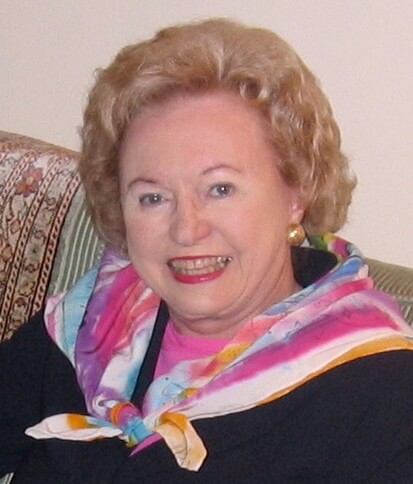
Eleanor Tinsley served as a member of the Houston City Council At-Large for 16 years. Photo courtesy of Kathleen Ownby, Eleanor’s daughter and Executive Director of Spark Parks.
The fight for Indigenous rights
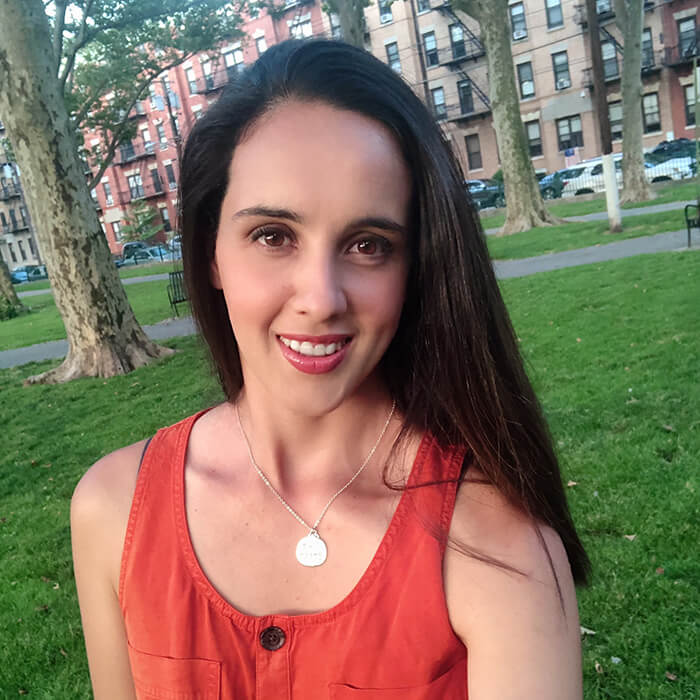 By Brenda Kessler, Children & Nature Network, Project Manager
By Brenda Kessler, Children & Nature Network, Project Manager
Rigoberta Menchú is a Guatemalan human rights activist, feminist, and Nobel Peace Prize laureate. She defended the rights of Indigenous peoples at the cost of political persecution and had to take refuge in Mexico. I remember reading her book when I was in school and being really moved by it: My Name is Rigoberta Menchú and That’s How My Conscience Was Born. She contributed to the Declaration on the Rights of Indigenous Peoples at the United Nations. She was named a UNESCO Goodwill Ambassador and in 1992 she was awarded the Nobel Peace Prize.

Rigoberta Menchú is a well-known leading advocate of Indigenous rights, not only in Guatemala, but in the Western Hemisphere. Image from Wikimedia Commons.
Intergenerational interconnectivity
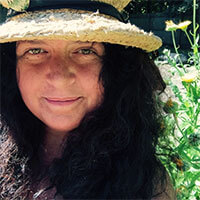 By Patricia Patterson, Founding Facilitator, NatureConnect 365
By Patricia Patterson, Founding Facilitator, NatureConnect 365
Every time I look at this picture [of Jane Goodall and Greta Thunberg], I experience this wash of connection throughout my physical body. I see a shared intergenerational sense of respect sprinkled with a tinge of awe. These women see each other. They are not posing. They are simply being. I sense the presence of a shared ecological being and I experience the supportive wonder of interconnectivity. I gain a capacity to express, to feel, to challenge myself to push just a little bit beyond my comfort zone.
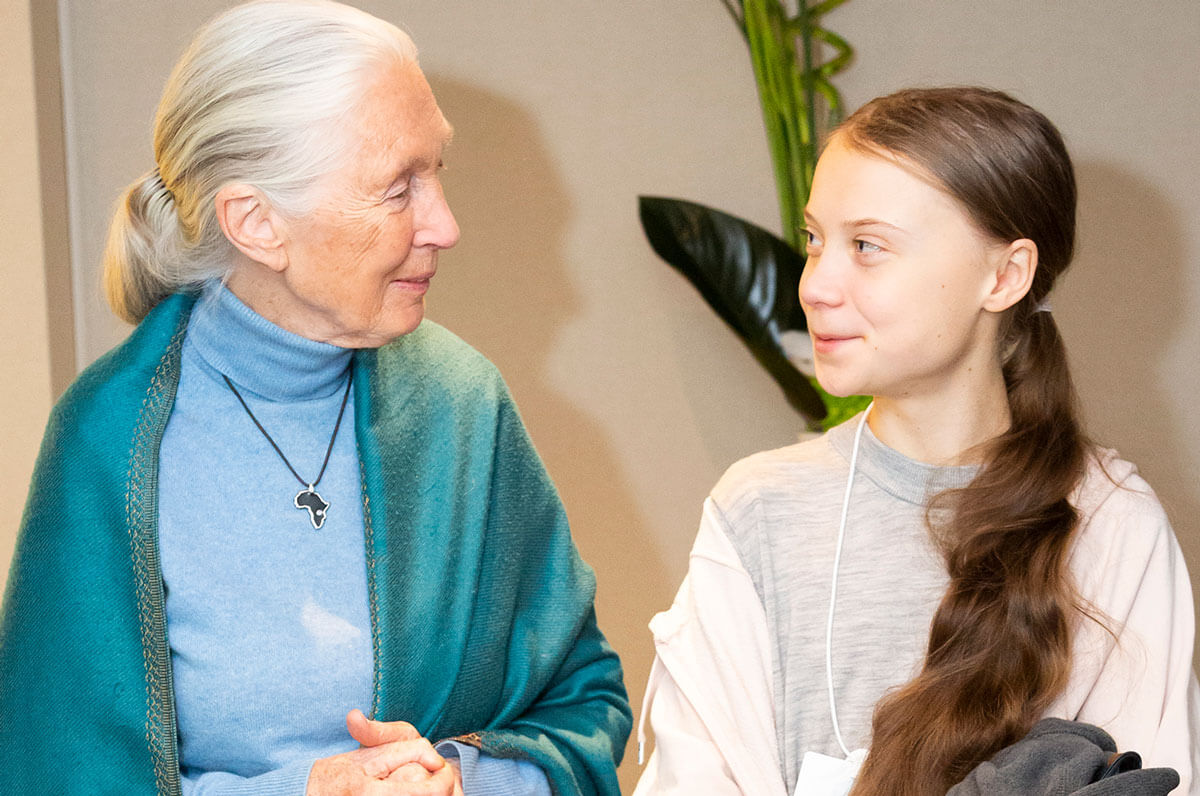
Greta Thunberg, climate and environmental activist, meets Jane Goodall, Founder, Jane Goodall Institute; UN Messenger of Peace, at the World Economic Forum Annual Meeting 2020 in Davos-Klosters, Switzerland. Photo credit: “World Economic Forum Annual Meeting” by World Economic Forum with CC BY-NC-SA 2.0.
No status quo
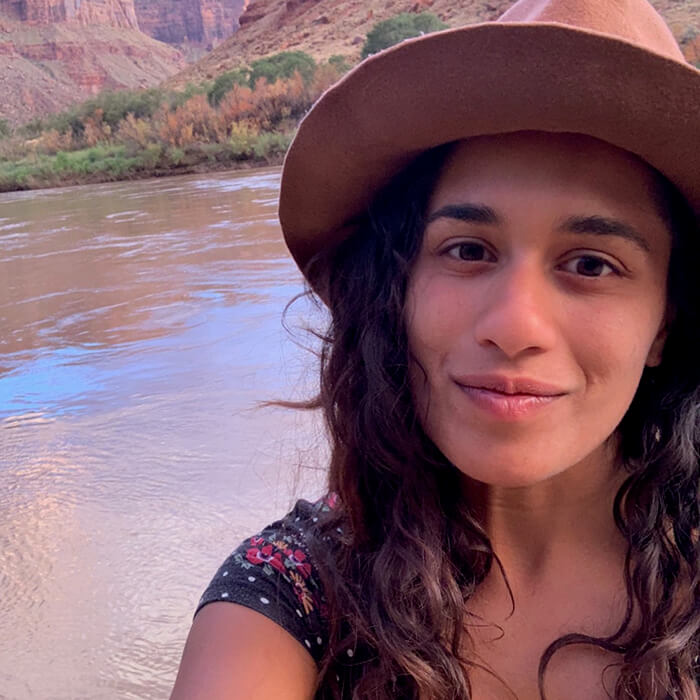 By Tanya Pappa, Children & Nature Network, Manager, Cities and Youth Engagement
By Tanya Pappa, Children & Nature Network, Manager, Cities and Youth Engagement
I stand on the shoulders of my ancestors and those who paved the path for me to be where I am today. There are many women that have inspired my life and driven me to be hungry for both myself and future generations. My grandmother, also known as Manijan, is the center of my inspirations. She came to this country in the late ‘60s and was the first Indian OBGYN doctor in the state of Illinois. She was the first in her family to become a doctor and her father received constant backlash for even educating his daughter. She taught me from a young age that doing things differently, against culture and societal norms, was perfectly fine as long as you felt good doing them and you were not causing harm to others.
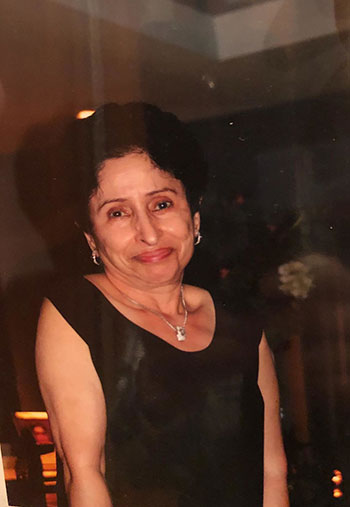
Nayeem Shariff, the first Indian OBGYN doctor in Illinois, is called Manijan by her grandchildren. Photo courtesy of Tanya Pappa.
After two years of living in the states and at the age of 31, she got into a bad car accident and permanently lost the majority of her left leg. But, that didn’t stop her from building the life of her dreams – or from dancing. She is the epitome of resilience and strength – even when life threw its challenges, she continued to rise up. She was a dreamer, a connector, and a mentor to the greater immigrant community. She helped build the first mosque in Chicago via building a partnership with a Black church who shared their space with Muslims for Friday prayers. She also threw the best parties where she supported local businesses to fill the house with food, live music, and dancing. She loved supporting her friends and had a great time doing so. She paved the path for future immigrants who came to the US to be able to find home and community in a new world. Her understanding of the gift of life and her ability to always move forward has greatly impacted my life and my dreams. I only hope to follow in her footsteps.
The mentors
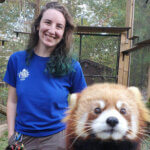 By Alayna Schmidt, Equity & Inclusion Consultant for the City of Asheville, North Carolina. Alayna is a C&NN member and a Natural Leader.
By Alayna Schmidt, Equity & Inclusion Consultant for the City of Asheville, North Carolina. Alayna is a C&NN member and a Natural Leader.
I have been inspired by Dr. Callie Spencer Schultz, Dr. Brandi Hinnant-Crawford, Dr. Maria Baron Palamar, and Anna-Marie Smith. These four women inspired and supported me in my thesis research.They challenged me in ways that helped me develop as a critical social thinker. They guided me in approaching research that not only advances knowledge around children, nature, and racial equity, but also makes an impact in the lives of the youth who contributed their knowledge about nature in this research project.
Happier outdoors
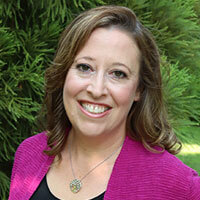 By Sandi Schwartz, author and freelance journalist specializing in parenting, wellness, and environmental issues. She is also the author of “Finding Ecohappiness: Fun Nature Activities to Help Your Kids Feel Happier and Calmer.” Sandi is a C&NN member.
By Sandi Schwartz, author and freelance journalist specializing in parenting, wellness, and environmental issues. She is also the author of “Finding Ecohappiness: Fun Nature Activities to Help Your Kids Feel Happier and Calmer.” Sandi is a C&NN member.
Gretchen Rubin, along with Richard Louv, inspired me to write my book, Finding Ecohappiness: Fun Nature Activities to Help Your Kids Feel Happier and Calmer. Both were writers/journalists who started movements that led to my work on how nature can boost families’ mental health and well-being. I read Gretchen Rubin’s book, The Happiness Project, several years ago when I was seeking ways to manage my own stress and anxiety. Her book changed my life. It led me on the path I am now on – helping to spread “ecohappiness,” which is all about connecting with nature to help us feel happier and calmer. Rubin’s work has dramatically expanded over the years, and I am very impressed and inspired by everything she does.

Gretchen Rubin, author of the New York Times bestsellers Better Than Before, Happier at Home, and The Happiness Project. Image from Wikimedia Commons
- Women’s Herstory Month: Nature connectors and protectors from A to Z
- Health & Nature Fellow Charmaine Godley works to make Georgia schools places of nature
- Connection
- THE NATURE OF EQUITY: An Interview with Dr. Gail Christopher
- Ebony Horsewomen Inc. brings horses and healing to inner-city youth
- Inner City Ranger’s Aurelia Casey is on a mission to help kids appreciate nature in the urban environment
- Tessica and Goliath
- Creative Shift Saves Young Naturalist Program: Alayna Schmidt finds new ways to engage teens
- Daffodils in Brooklyn: Shaquana Boykin takes her passion for nature and community to the District Assembly
- The Equigenic Effect: How Nature Access Can Level the Playing Field for Children
-
Network News
POLICY UPDATE: Policy and advocacy for the children and nature movement
-
Voices
Binoculars, bald eagles and my journey as a Black birder
-
Richard Louv
THE WONDER BOWL: Ten Spring and Summer Nature Activities for Kids and Adults
-
Network News
Minneapolis Spotlight: The promise and possibilities of parks for youth
-
Voices
Why nature is my motherhood ally


